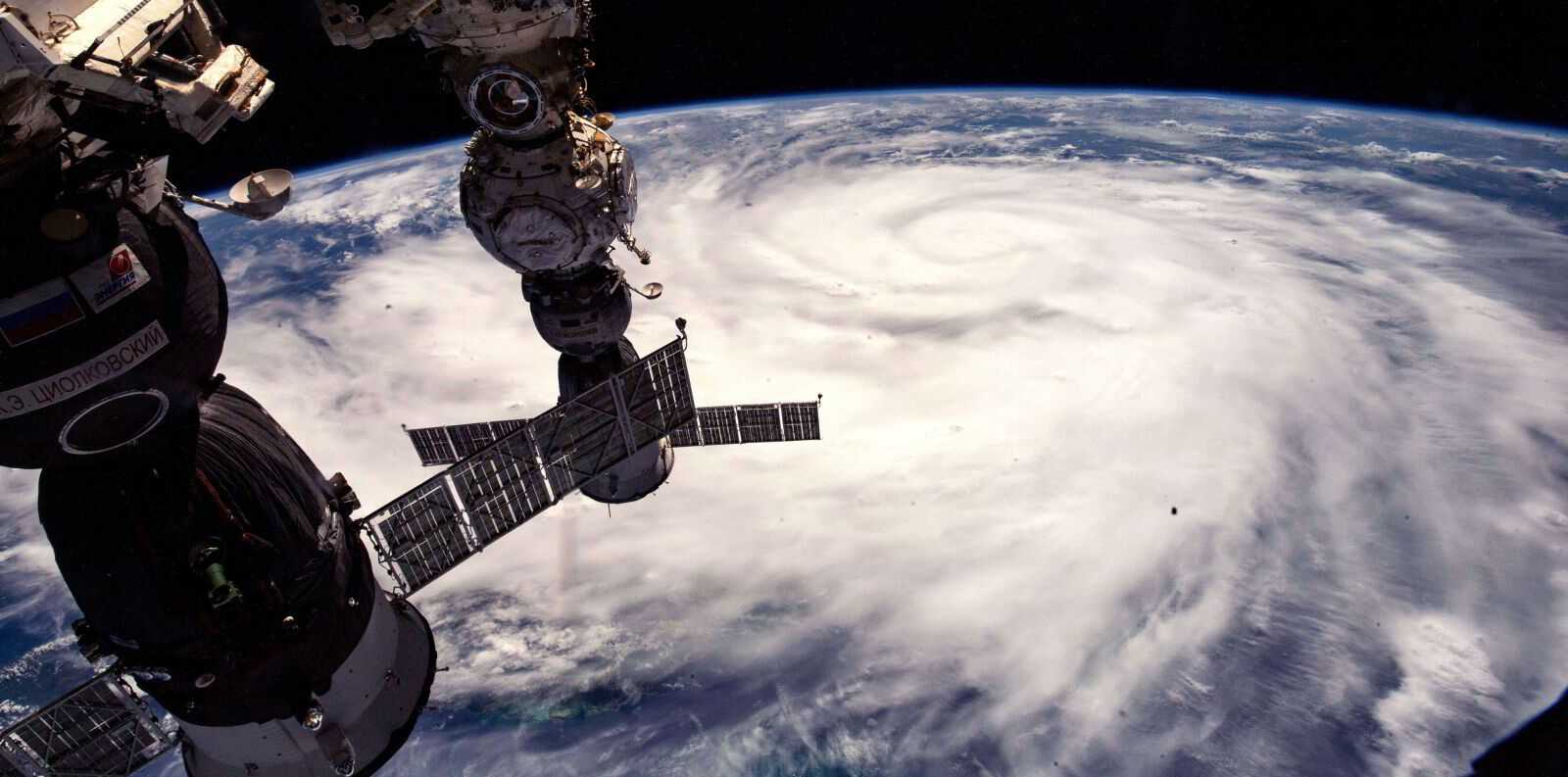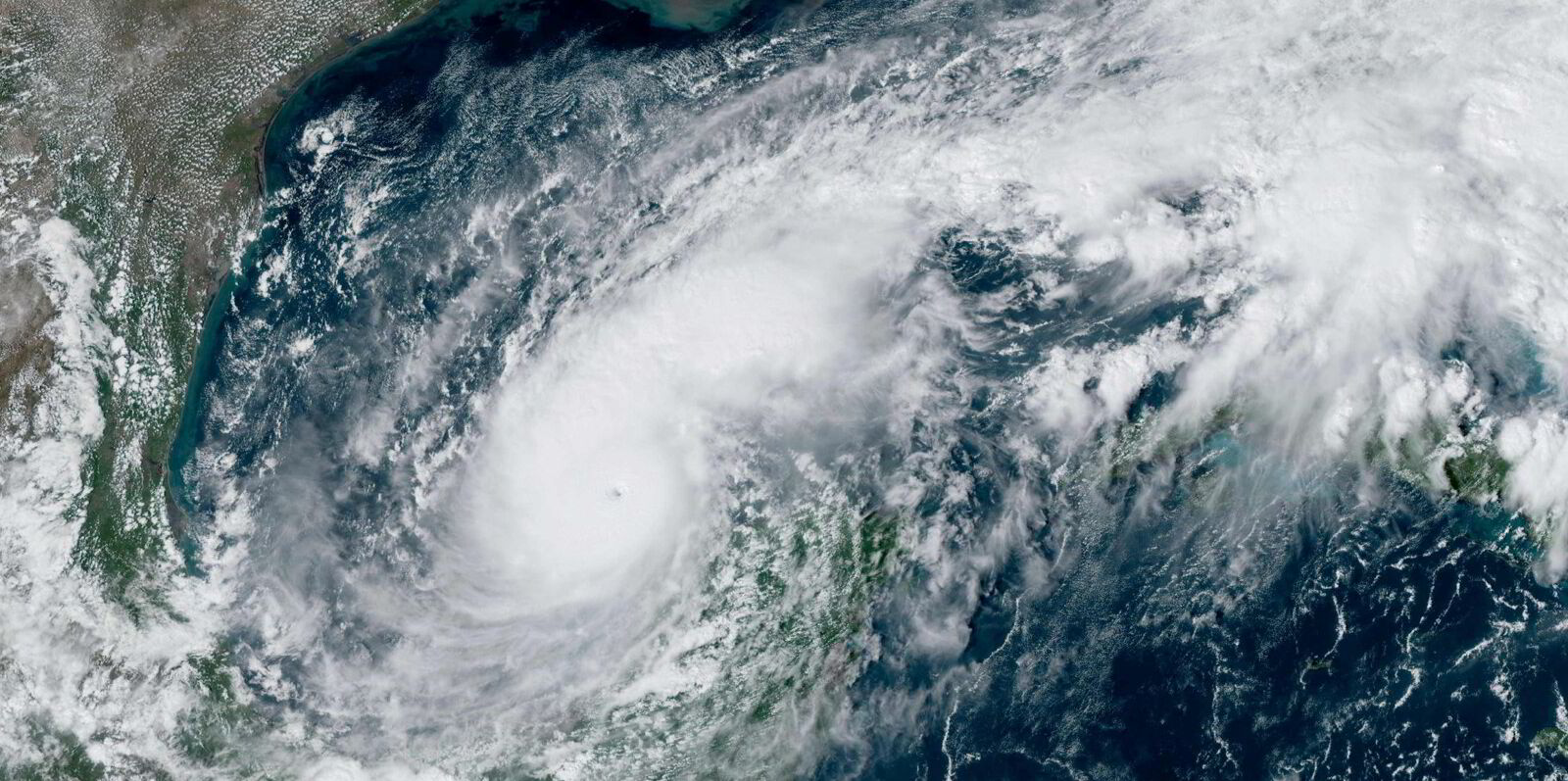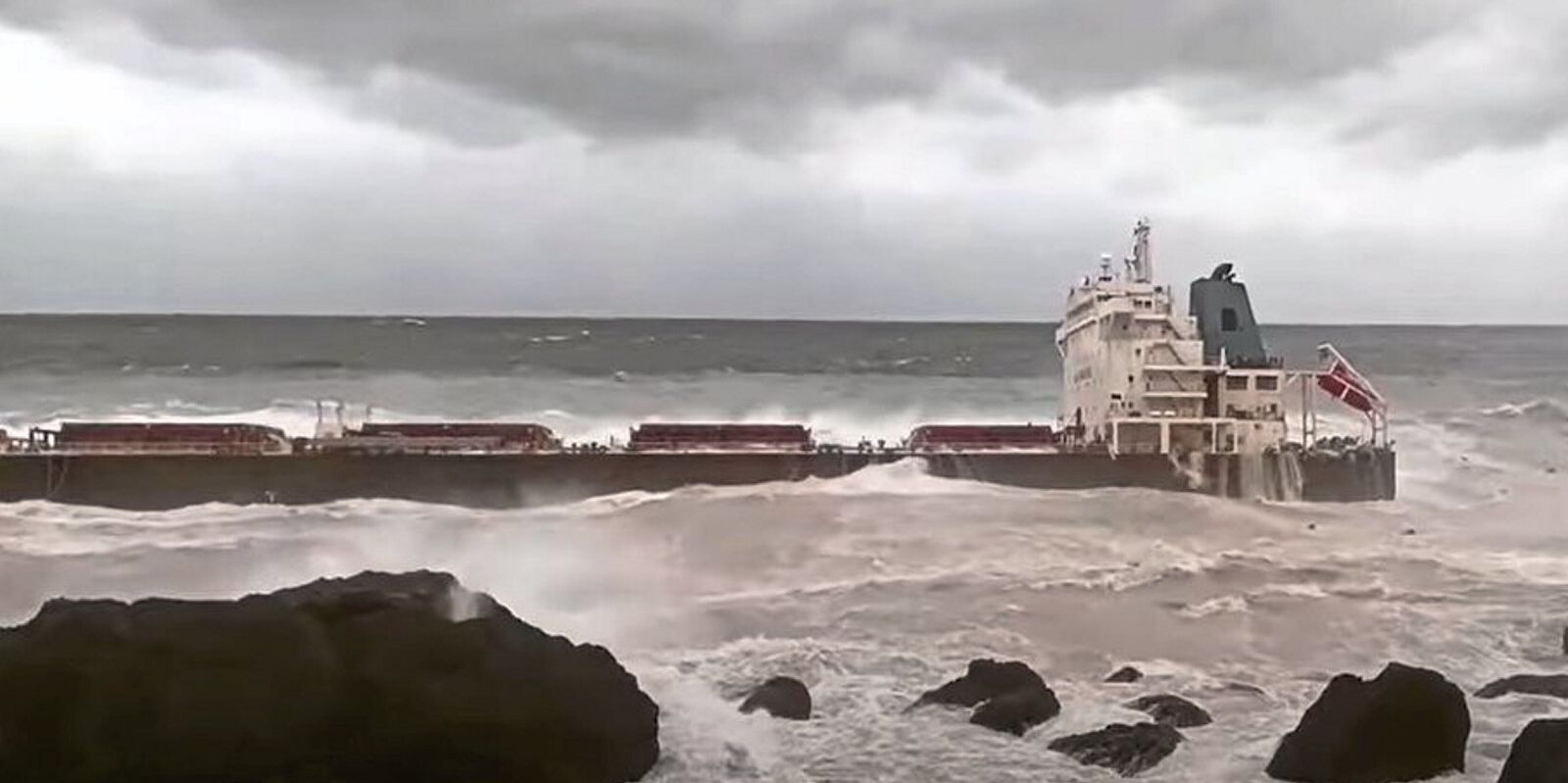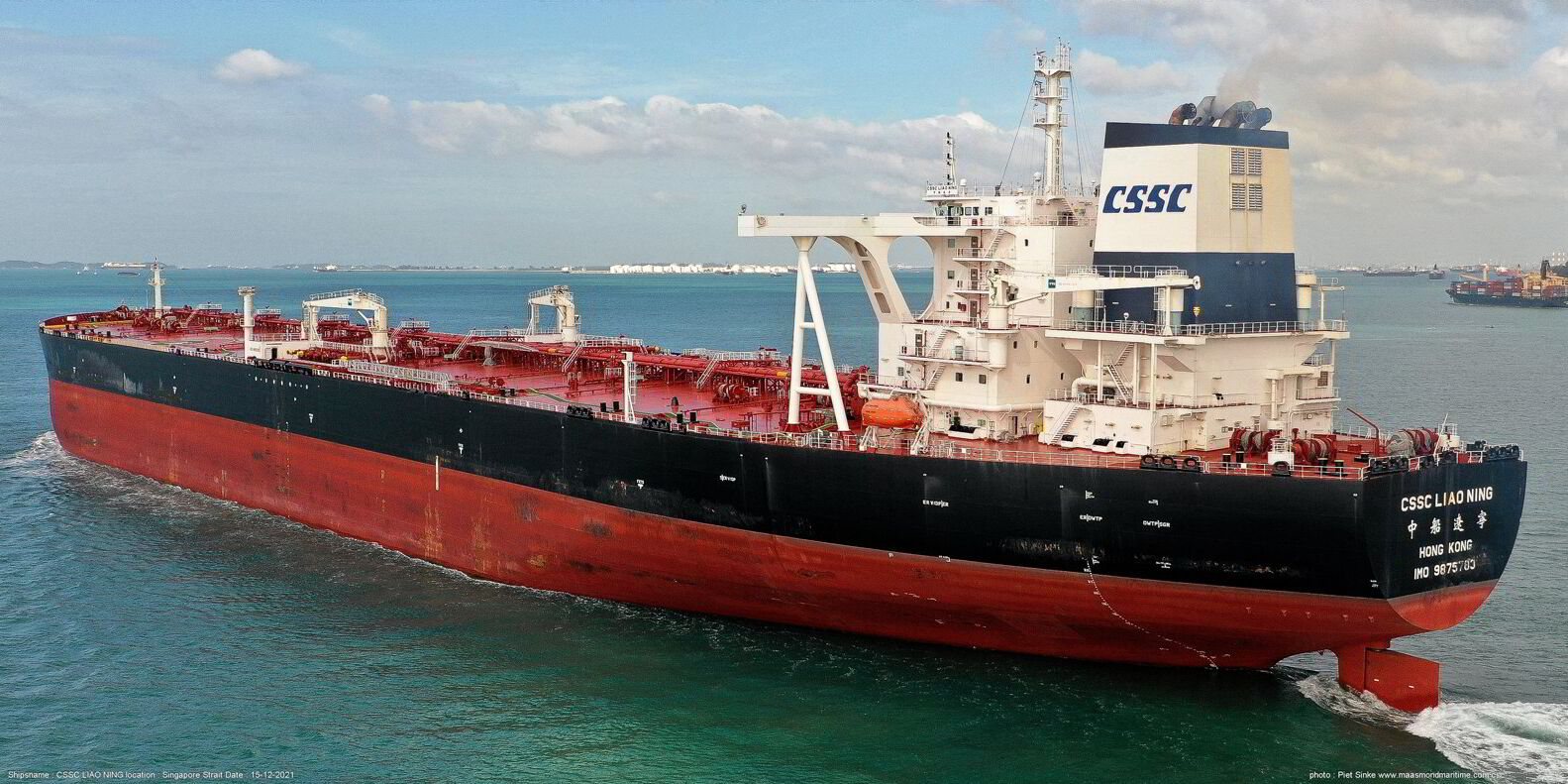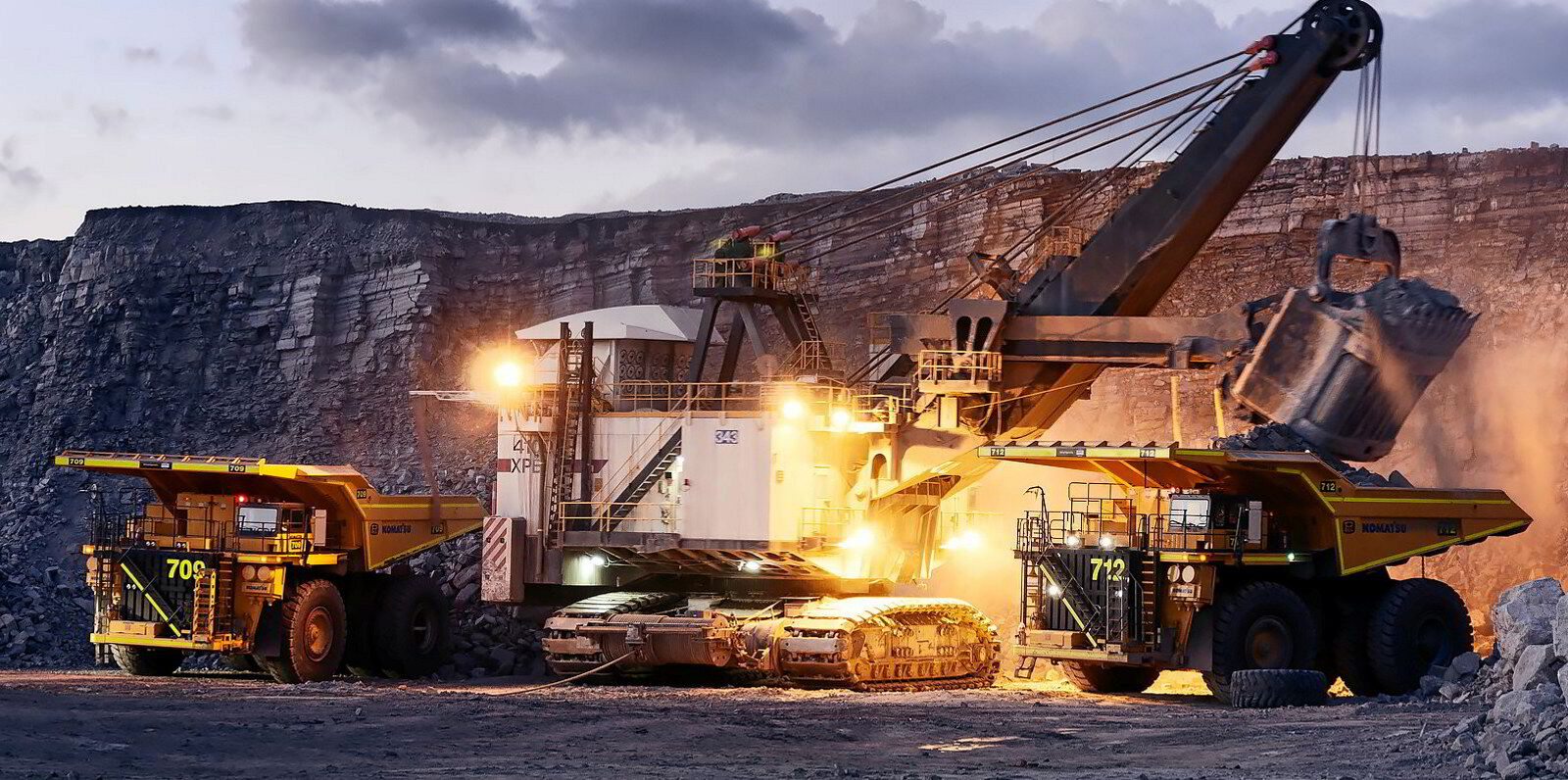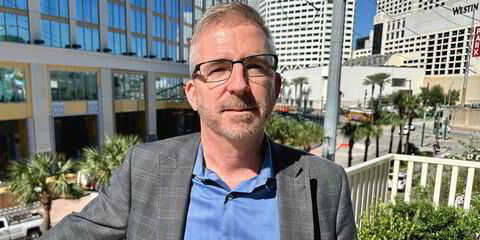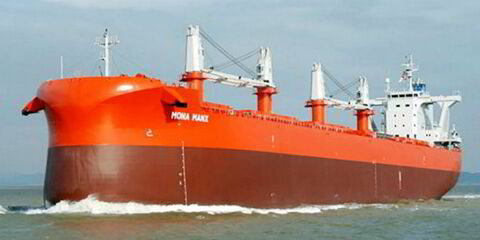First Helene, now Hurricane Milton is wreaking havoc across the US East Coast causing devastation and deaths.
Helene was noted for punching deeper into the US than most hurricanes, causing devastating flooding, and Milton is now posing a huge threat to ports and shipping in Florida and on Mexico’s east coast.
Only weeks ago, tropical storms in the Pacific hit south-west Mexico with torrential rain, while winds and typhoons raged towards Japan and Taiwan. The 79,500-dwt bulker Blue Lagoon (built 2010), ran into trouble in its wake.
Elsewhere, floods and droughts have been affecting crops and terminal operations.
And unprecedented low water levels in the Panama Canal and the Mississippi River have only returned to normal in recent weeks.
These are the signs that extreme weather, caused partly by climate change, is affecting shipping according to Ko Barrett, deputy secretary general of the World Meteorological Organization (WMO).
“As a result of accelerating sea level rise, coastal inundation events are impacting ports, harbours and coasts with greater frequency, and rapidly intensifying cyclones pose a major hazard to seafarers,” she warned.
Her list of warnings was long.
“Warming in the polar regions and reduced sea ice open navigable sea lanes in the summer season.
“This exposes environmentally and geopolitical sensitive regions to more shipping and increases the risk of marine environmental emergencies. Less ice does not mean less danger. In short, climate change affects maritime operations whether at sea or in ports.
“Weather-related delays and disruptions in shipping can also interrupt supply chains with adverse impacts on the global economy.
“Security risks have forced ships to avoid the Red Sea in recent months, forcing them to transit south through often perilous waters of the Southern Ocean,” Barrett added.
She cited improved forecasting and weather routing as being able to help but called on shipping to do its bit by remaining engaged with voluntary weather reporting, which the WMO said is important to supplement satellite and ocean buoy data.
Crops impacted
Intense storms are not just a risk to shipping, cargo owners are also affected.
The 2024 Global Risks Report from the World Economic Forum cited extreme weather as the biggest threat to society in the coming decade, underscoring how weather events due to climate change could dent global trade.
In China, scientists have noted a 20-year decline in rice production levels and increased rainfall in the coming years will make matters worse.
India restricted rice exports last year for a similar reason.
Research has also pointed to flooding impacting other crop yields, notably this year with flooding in South America.
Rerouting into a storm
Liner companies rerouting vessels to avoid Houthi attacks in the Red Sea have been hit by a series of longer, more severe storms around the Cape of Good Hope in recent months.
The South African Maritime Authority reported that at least five boxships have lost more than 200 containers in total as they transited the cape over the past four months, in what it has described as an exceptionally harsh period of weather.
Marine Risk Consulting director Captain Andrew Kinsey said the problems with the cargo go even further than those lost overboard.
“We are not talking about hull and P&I [protection and indemnity] coverage, but the cargo losses as well, and the impact on the supply chain.”
It is not just lost containers but attritional losses due to damage of goods in containers when vessels are unable to avoid weather extremes, Kinsey said.
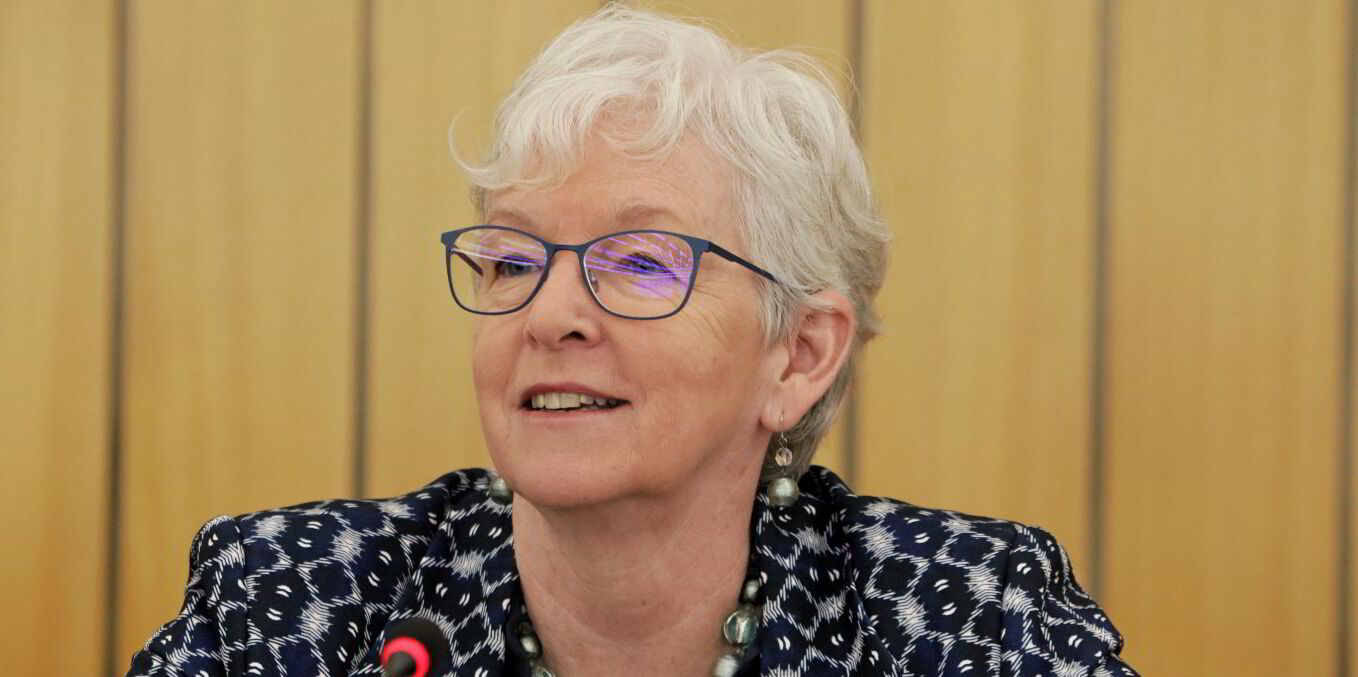
Can ports neutralise the risk?
Ports also see threats due to rising sea levels, heavy rains, hurricanes and other weather extremes.
Peter Sand, analyst at the liner tracking company Xeneta, believes shippers will become more worried about weather-related disruptions to their supply chains than liner companies.
“In terms of the mindset, carriers will rank weather disruption higher than the shippers. They want reliability even if they are not accustomed to getting it,” he said.
“We can only see more weather-related disruption through more severe hurricane or typhoon seasons,” Sand added. “The severity and frequency strain supply chains and there is little one can do to neutralise the risk.
“You cannot operate a terminal with a typhoon above your head.”
AP Moller-Maersk loss prevention manager Peter Gede echoed this thought.
At a recent WMO/International Maritime Organization symposium on the risks of extreme weather Gede said that terminals today are exposed to storm surge, pluvial and fluvial flooding.
The latter, he said happens because many terminals are located in large estuaries, so are at risk of river flooding during huge rainfall further inland. Pluvial flooding is caused by drainage systems being unable to handle torrential volumes.
Looking at the potential risks in the coming 20 years, Gede said there are additional threats terminals need to take seriously.
They will face more days suffering from the impacts of extreme heat and heat stress as well as from extreme precipitation, he said.

Gede focused his example on Port Elizabeth in New Jersey on the US East Coast, which under some scientific climate-change predictions could see up to 40 cm in sea level rise by 2050.
“If we have a flood, it is not only us but the surrounding area that is vulnerable,” he said, noting this could lead to an inability to move freight in or out of the terminal.
Maersk predicted Port Elizabeth could have up to 34 days of extreme heatwaves a year, with less rain in summer but more in the winter, leading to a 10% increase in the risk of extreme precipitation annually.
Gede said: “You need to know the risks and you need to know your critical infrastructure,” referring to the terminals needing to secure electricity on higher ground away from flood risk, looking for high ground for mobile terminal equipment, and increasing drainage, while also building infrastructure to handle the heatwaves.
